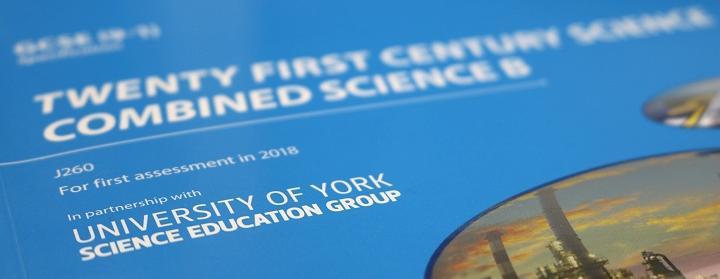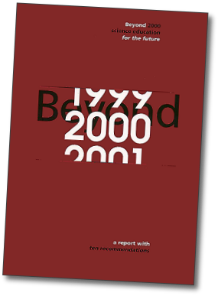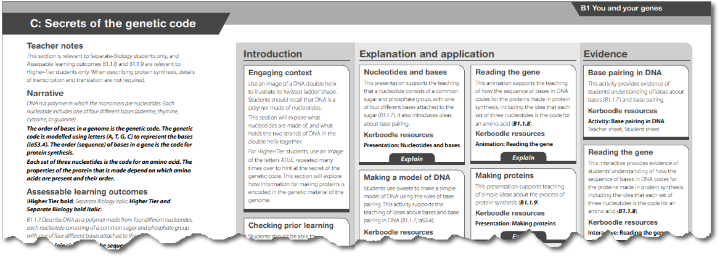Twenty First Century Science: research-informed development

While most GCSE science specifications are developed in-house by their awarding organisations, Twenty First Century Science has been developed by the University of York Science Education Group (UYSEG) in partnership with OCR. Here at UYSEG we not only write the specifications, but also the student books, teacher handbooks and teaching resources, which are published by OUP.
UYSEG brings together science education researchers, experienced curriculum developers and teachers to develop research-informed science courses that work in the classroom. Twenty First Century Science has been designed using research evidence about science education and the best available thinking about shaping students' attitudes to science.
Origins
Twenty First Century Science takes an approach to the 14–16 science curriculum that grew from the recommendations of the Beyond 2000 report, published by Robin Millar and Jonathan Osborne in 1998.
Beyond 2000 report (PDF ![]() , 141kb)
, 141kb)

This report argues that the compulsory science curriculum should be designed to develop the scientific literacy of future citizens as well as being a good preparation for those young people who opt to pursue more advanced study in science. The report also advocates the inclusion of ideas about science, to develop students’ understanding of how scientists work and the interaction of science and society.
Beyond 2000 also suggests that scientific knowledge is not just a series of facts to be memorised and can best be presented as ‘explanatory stories’. The 2016 versions of the Twenty First Century Science specifications implement this idea with a ‘teaching and learning narrative’ that accompanies the learning outcomes.
Other influences
Dylan Wiliam, Paul Black, John Hattie and many others have written of the importance and usefulness of embedded, high-quality formative assessment items to provide evidence of students’ knowledge and understanding. We have developed short ‘evidence of learning items’ for every section of the 2016 specifications.
Work by Rodger Bybee et al. on the 5Es instructional model inspires us to think carefully about the role played by teaching and learning materials in the different phases of conceptual change. Every item developed for the new Twenty First Century Science resources pack is clearly classified according to whether it provides introductory engagement, explains or applies scientific explanations, or provides evidence of learning.

The new teacher handbooks for Twenty First Century Science make clear whether each resource is to be used for introduction, for the explanation or application of scientific ideas, or to provide evidence of learning.
Robin Millar’s work on analysing the effectiveness of practical activities suggests that the objective of each practical activity must be clear. Every practical activity in the new Twenty First Century Science resources pack has been analysed to ensure that it has (and makes clear) one of the following objectives: to develop understanding of the world, to develop competence in using a piece of apparatus or a standard procedure, or to develop understanding of the scientific approach to enquiry.
